Glenavon Angus field day puts profitability in focus for beef operations
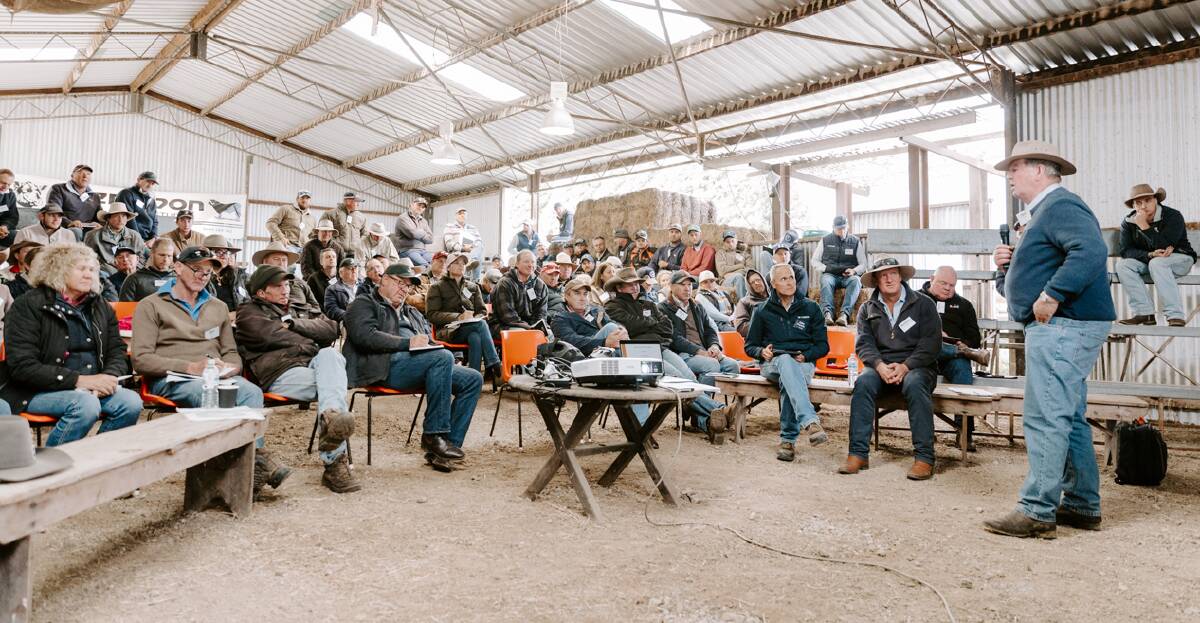
This is branded content for Glenavon Angus
MEASURING the true cost of production by analysing production systems, and improving bull longevity and female stayability, will result in increased profitability for beef producers.
Boosting profitability was the focus of a workshop hosted by Glenavon Angus at Outer Bald Blair, Guyra, on May 2, where more than 140 beef breeders gathered to hear from leading farm and beef consultants.
Glenavon stud principals Richard and Prue Post held the workshop to share their results from on-farm trials, with a goal to discuss the core drivers of profitability and the importance of animal longevity in a commercial beef enterprise.
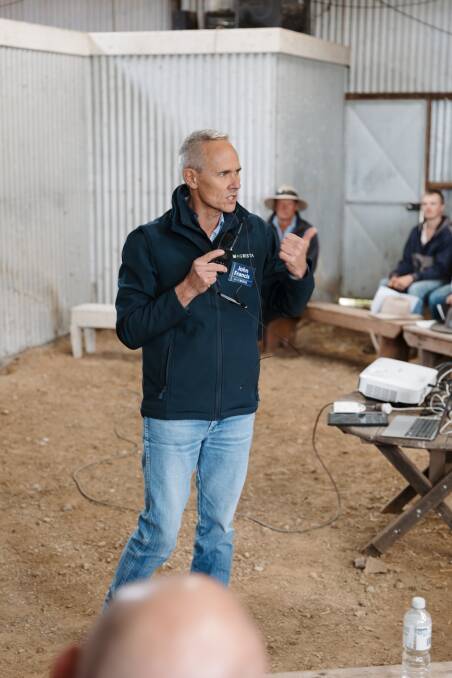
Mr Post was one of the speakers, along with John Francis from Agrista, who spoke about identifying opportunities to improve profitability in a beef herd; Dick Whale of Independent Breeding and Marketing Services, who spoke about stayability in females and bull longevity; and Angus Australia chief executive officer Scott Wright, who gave attendees an update on the society's work to create an estimated breeding value for functional longevity.
Mr Francis used Glenavon's data to demonstrate ways to improve profitability, including using all feed by adding more animals and fertiliser, using a highly relevant comparison of a weaner system versus a feeder system.
"A feeder system consumes 25 per cent more feed yet delivers a far superior financial outcome by delivering higher production measured by lightweight kilograms per hectare," he said.
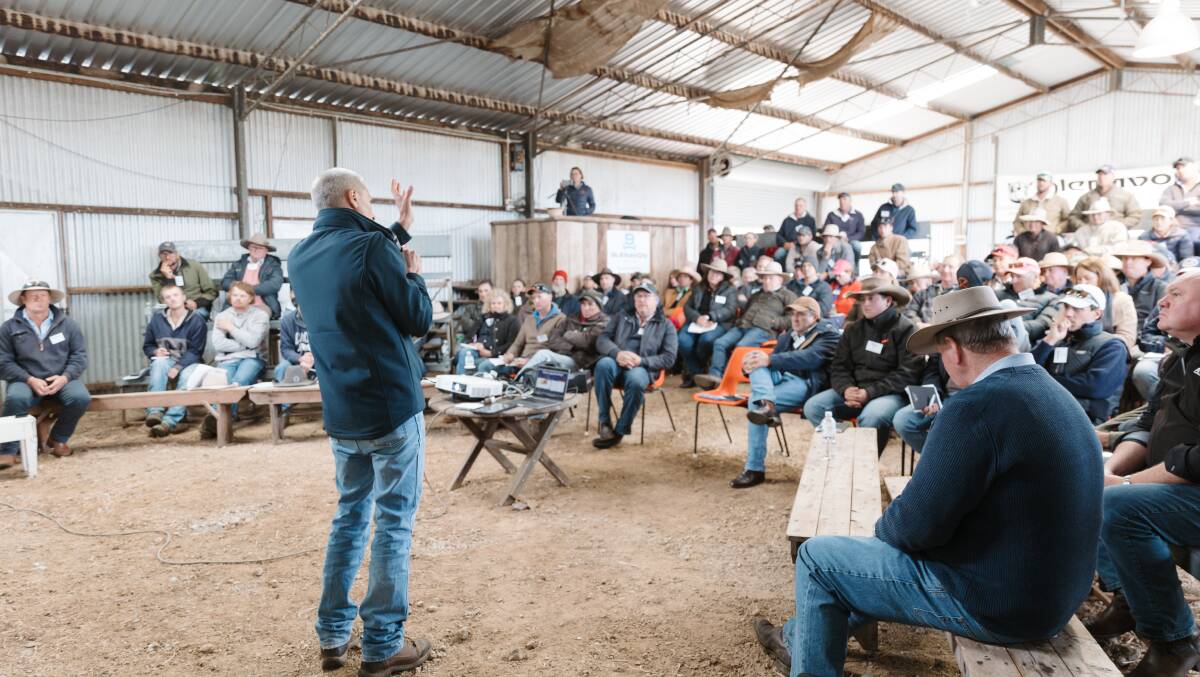
Glenavon's commercial beef data illustrated this point, with the cost of production reduced in three years when Glenavon production exceeded 200kg/ha, falling as low as 118c/kg (2017-18), 188c/kg (2020-21) and 129c/kg (2021-22).
The years with production below 200kg/ha saw the cost of production rise, exceeding 200c/kg, demonstrating the improved profitability in a feeder operation.
The Posts also provided financial performance data comparing the Glenavon commercial beef and prime lamb enterprises, historically around 10,000 DSE each, which demonstrated why Glenavon is scaling up its commercial cattle herd and reducing the prime lamb operation.
"He challenged the crowd to start measuring something, and articulated if you do one thing, measure the cost of production," Mr Post said.
Dick Whale's presentation focused on the stayability of females and longevity of bulls.
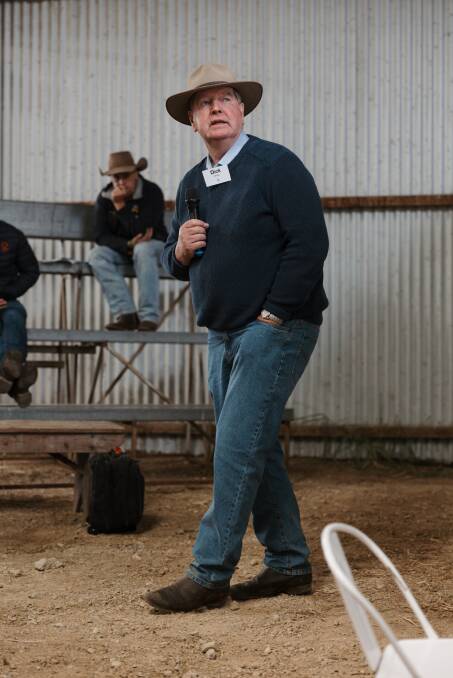
Stayability is defined as the ability of a sire to produce daughters that remain in your herd until at least six years of age and longevity is defined as the ability of bulls to remain in your herd.
Mr Whale highlighted the selection tools available, and the key issues of overfed bulls and poor structure that compromises their longevity and performance.
"Stayability is the first and most important criteria for Glenavon donor cow selection which Dick highlighted as a point of difference in the industry," Mr Post said.

Attendees learned about the best practices for assessing structural soundness and translating it into genetic selection criteria, with Mr Whale providing a practical demonstration of structural scoring on 20-month-old Glenavon bulls, then explaining how that data is submitted to Breedplan and how it correlated with structural EBVs.
"The importance of investing in genetics that align with longevity, illustrated via data showing the calf cost for a commercial beef enterprise is driven by the longevity of the bull, not the price paid for the bull," Mr Whale said.
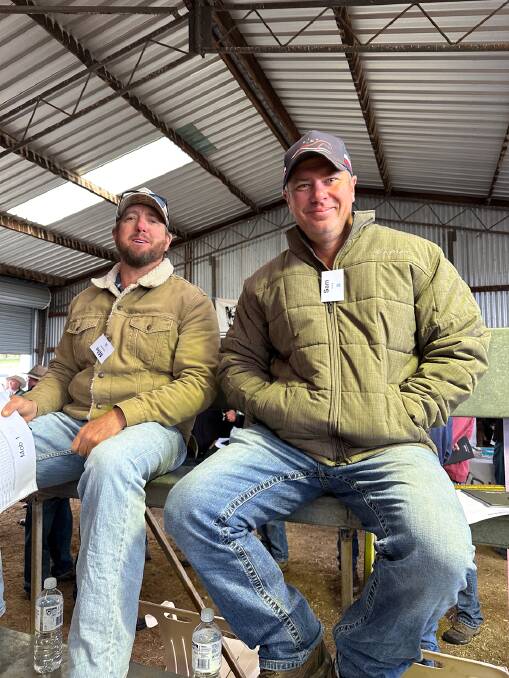
Plans for a functional longevity EBV were among the topics from Mr Wright.
The EBV, which would be derived from female inventory data, follows the recent launch of the American Angus Association's functional longevity EPD (expected progeny difference), using calving and culling records.
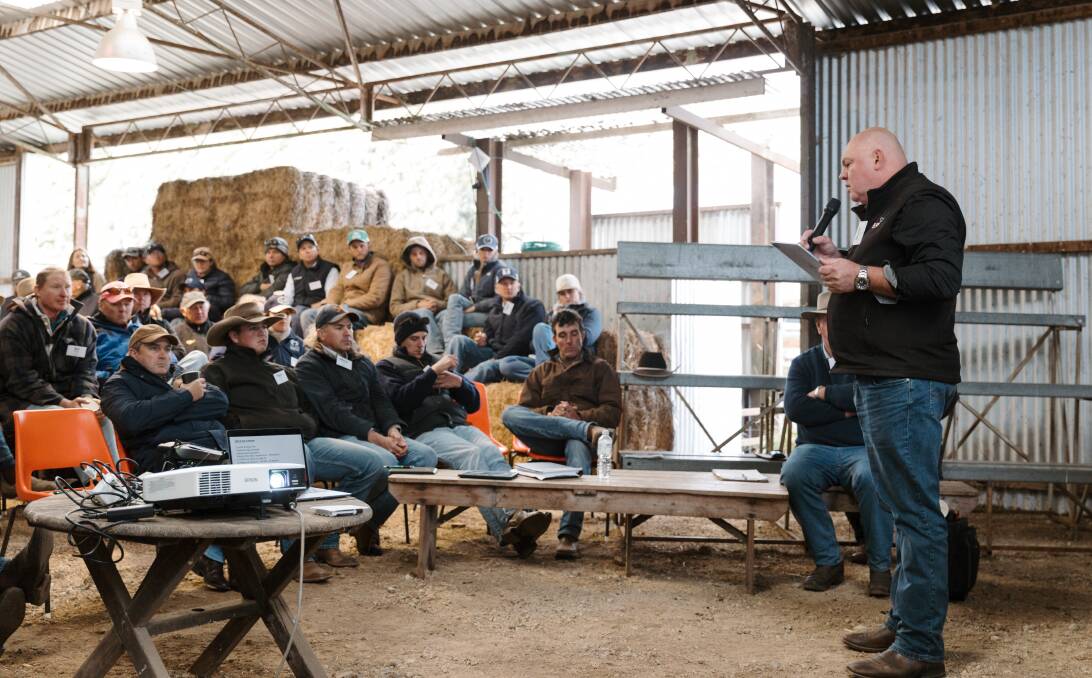
Heritability is maximised when a cow is six years of age, with a high correlation from six to 10 years of age.
Longevity has been a long-time focus at Glenavon, and Mr Post presented data on bull breakdowns in the commercial herd since moving from a single sire mating to using teams of bulls with larger mobs of females.
He invited the crowd to become involved in Glenavon's plans for a bull longevity data set, which would be free of charge, confidential, and open to all breeds and producers.

Despite doubling the number of commercial females joined in recent years, bull breakdowns have halved as a ratio of females joined, and fell to just 7pc in their most recent six-week spring joining.
"The single biggest driver of this reduction in bull attrition during joining has been management - specifically identifying dominant bulls in the first cycle of joining and removing them after three weeks before they injure themselves due to overuse," Mr Post said.
"These bulls, once removed, make a near full recovery within weeks.
"The remaining bulls left in the mob, kept at a 2pc ratio of females that are left to be served, easily get the job done."
From the 2023 October-November six-week joining, Glenavon achieved a pregnancy-tested-in-calf rate of 92pc across all commercial heifers and cows in a tough season.
The move toward larger mobs has resulted in significant infrastructure upgrades on farm, including water infrastructure such as troughs and tanks, and it also ties in well with the family's soil carbon project goals.

Mr Post spoke about Glenavon's journey around pasture budgeting, and how it had become a powerful tool in decision making and maximising feed utilisation and beef production.
He explained the decisions he made in summer in order to achieve his desired pasture target of 2500kg of dry matter per hectare on May 1.
"These levers included sending cattle on agistment to Wagga Wagga in October (20pc of the DSE) and early weaning in January for the commercial herd, which allowed for 450 pregnant cows (another 20pc of the DSE) to be put on the road for seven weeks at a cost of $1/day," Mr Post said.
"The May 1 pasture number of 2500kg/dm/ha allows us to run 30,000 DSE into their winter calving months and reach a pasture level of around 1200kg/dm/ha in August ahead of the September growing season."
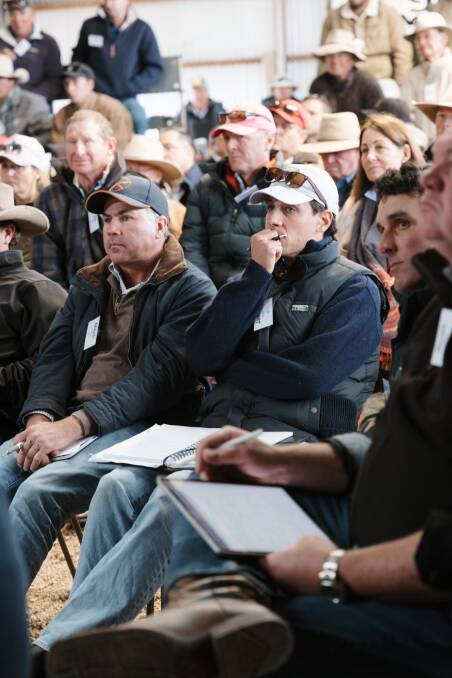
This is branded content for Glenavon Angus


